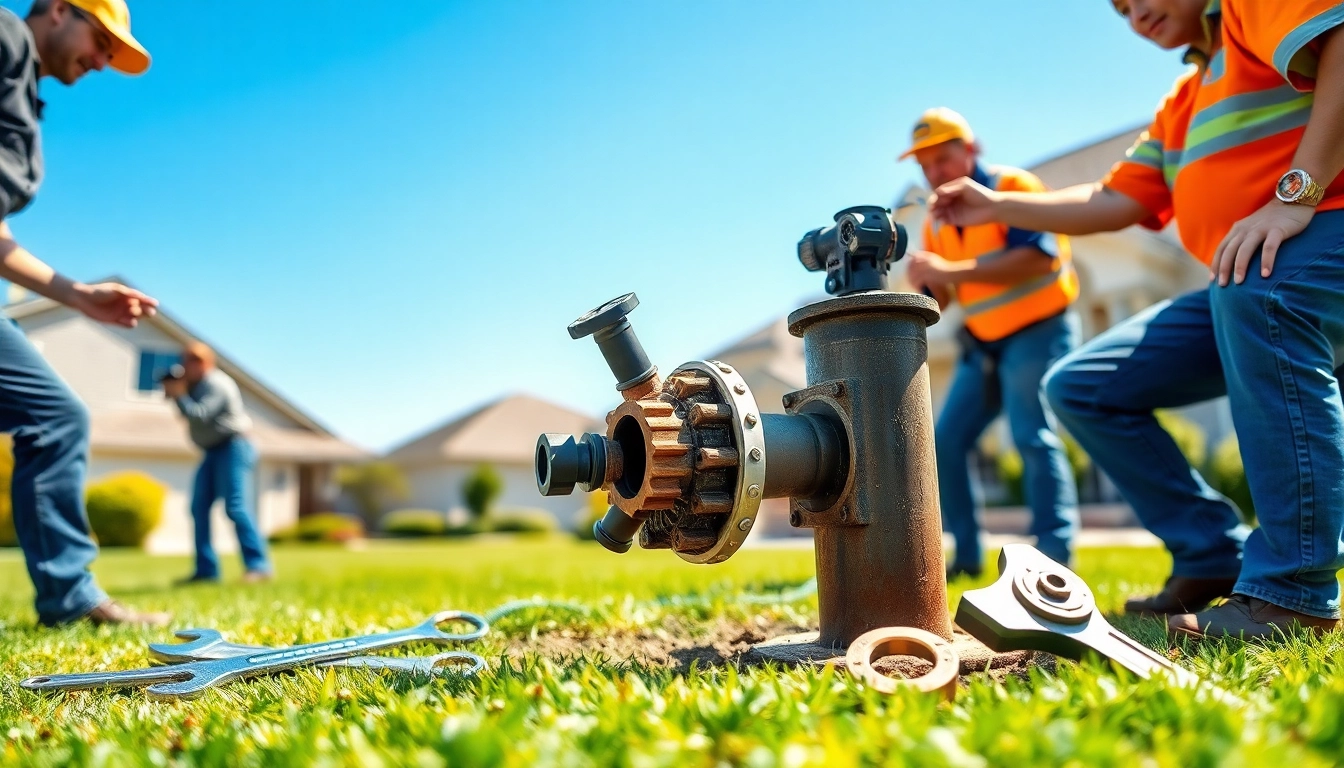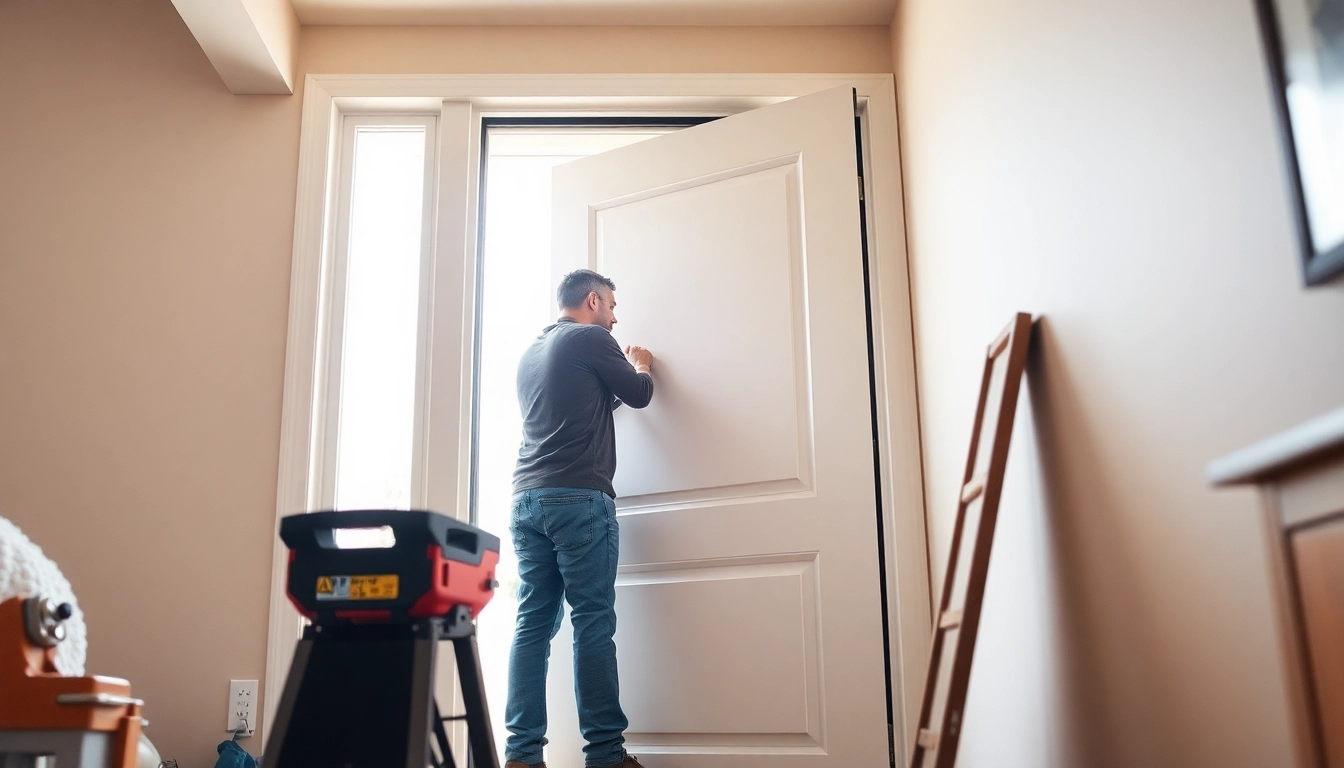Understanding Well Pump Replacement
What is Well Pump Replacement?
Well pump replacement is the process of removing an existing pump from a well bore and installing a new one. This is essential for maintaining the efficiency of the water supply system in residential and commercial properties relying on wells. A well pump functions to extract groundwater and deliver it through a plumbing system to various fixtures and appliances within a property. Replacements may be necessary due to age, malfunctions, or decreased performance of the original pump.
When Should You Consider Replacement?
There are several scenarios in which you should consider well pump replacement. The most common triggers include:
- Aging of the Pump: Most well pumps have a lifespan of around 10 to 15 years. If your pump is nearing this age, it might be prudent to consider replacement sooner rather than later.
- Frequent Breakdowns: If your well pump has required multiple repairs over a short period, this could indicate that it’s nearing the end of its useful life.
- Reduced Water Flow or Pressure: If you notice a significant drop in water pressure or flow rate, it may be time to replace the pump. Such issues can indicate clogging or wear within the pump components.
Signs Your Well Pump Needs Replacement
Recognizing the signs that your well pump needs to be replaced can save you from further complications:
- Unusual Noises: Grinding, vibrating, or banging sounds from your well pump can indicate mechanical failure.
- Contaminated Water: If water from your well has a foul odor or peculiar color, it might be due to pump failure allowing contaminants into the water supply.
- Inconsistent Water Supply: If there are intermittent water shortages, a malfunctioning pump could be the culprit.
Costs Associated with Well Pump Replacement
Average Costs of Well Pump Replacement
The cost of replacing a well pump can vary widely based on several factors, including the type of pump and the depth of the well. On average, homeowners can expect to pay anywhere from $1,500 to $6,000 for a well pump replacement. This estimated range might include additional costs such as labor, materials, permits, and potential equipment rentals.
Factors Affecting Replacement Costs
Several key factors contribute to the costs you will incur during a well pump replacement:
- Type of Pump: Submersible pumps tend to be more expensive than jet pumps. The model you choose will significantly impact your total costs.
- Depth of the Well: A deeper well typically requires more extensive work to replace the pump, leading to increased costs, especially if professional services are required.
- Labor Costs: Hiring professional installers will add to the total expense. Labor costs can fluctuate depending on region and contractor experience.
DIY vs Professional Well Pump Replacement Expenses
One major decision homeowners should face when considering well pump replacement is whether to undertake the project themselves or hire professionals. While DIY projects can save money, they come with risks. If not done correctly, a poorly installed pump can lead to more expensive repairs down the line.
Pros of DIY Replacement:
- Cost Savings: Handling the job yourself can save on labor costs.
- Flexibility: You can work on your schedule without needing to coordinate with an installer.
Cons of DIY Replacement:
- Risk of Mistakes: Mistakes in installation could lead to damage or inefficiencies.
- Safety Concerns: Working with electricity and heavy equipment requires knowledge and safety precautions.
Steps to Successfully Replace a Well Pump
Preparation and Safety Protocols
Before beginning the replacement process, it’s crucial to prepare adequately. Safety should always be the priority. Here are some essential steps:
- Turn Off Power: Ensure that electrical power to the pump is completely shut off. This can prevent accidents during installation.
- Gather Tools and Materials: Have all required tools and materials ready before starting work. This may include wrenches, pliers, a replacement pump, and new piping.
- Check Local Codes: Understand local regulations regarding well installations and ensure compliance.
Disassembling the Old Pump
Step-by-Step Disassembly: Follow these general steps to remove your old pump:
- Disconnect power and plumbing connections to the old pump.
- Carefully lower the pump from the well using a hoist or come-along.
- Inspect the old pump for signs of damage or wear.
Installing the New Well Pump
Once the old pump is removed, installation of the new pump can begin:
- Place the new pump into the well casing and secure it using the manufacturer’s instructions.
- Connect the piping and electrical lines carefully to ensure a sealed installation.
- Test the pump before putting everything back in place to ensure the system works as intended.
Common Mistakes in Well Pump Replacement
Ignoring Local Regulations and Codes
Failing to adhere to local regulations can lead to legal issues or necessitate further modifications later on. Always check with local authorities about codes related to boreholes and water systems.
Choosing the Wrong Pump Type
Selecting an incompatible pump can lead to inefficiencies or failures. Take time to calculate your water needs and consult with professionals or manuals regarding proper specifications before making a purchase.
Overlooking Necessary Permits
Many areas require permits for well drilling and replacement work. Always obtain the necessary permissions before beginning any work to avoid fines or legal complications.
Maintenance and Care After Well Pump Replacement
Tips for Maintaining Your New Pump
Caring for your newly installed well pump is crucial for ensuring its longevity and effective operation. Consider these maintenance tips:
- Regular Cleaning: Clear any debris or sediment around the pump to prevent clogging.
- Inspect for Leaks: Periodically check connections and pipes for any signs of leakage.
- Monitor Performance: Pay attention to changes in water pressure or quality as these can be indicators of potential issues.
Regular Inspection and Troubleshooting
Schedule regular inspections with a professional or perform checks yourself. Look for unusual noises, fluctuating pressures, or visible wear on the equipment. Address potential problems before they escalate into larger issues.
Signs of Future Issues to Watch For
After replacing your well pump, it’s vital to stay vigilant about its performance. Watch for:
- Strange Noises: Grinding sounds may indicate mechanical problems.
- Water Quality Changes: Discoloration or odor can signify system issues.
- Fluctuations in Water Pressure: Inconsistent pressure may suggest ongoing well issues.
Ultimately, planning and understanding the intricacies of well pump replacement can help ensure a smooth process that enhances your water supply system. With careful consideration of costs, risks, and diligent post-installation care, you can maintain an efficient and reliable well water source for years to come.


